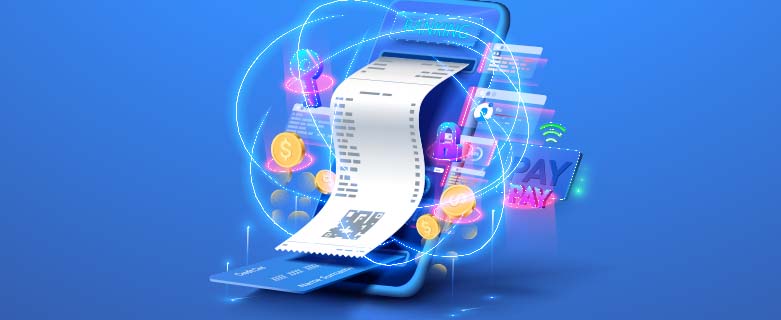
In-App Purchase Chargebacks
By Chris Alarie on Nov 9, 2022
As the methods and varieties of ecommerce and mobile commerce proliferate, so too do the varieties of chargebacks. The basic mechanism underlying new forms of chargebacks is always the same—consumers contacting their issuers to dispute a transaction and have their payments returned; and the issuers facilitating that returned transaction with the merchant’s acquirer, with all the usual complications and filigrees—but the specific shape of chargebacks can change depending on the original purchase method. In-app payments and their resulting chargebacks fit this pattern.
What Are In-App Chargebacks?
In-app chargebacks are chargebacks that occur for payments that originated as in-app purchases. In-app purchases are, as the name implies, purchases made within a smartphone or tablet application. In-app purchases are usually made with a payment card tied to the user’s account. If the user disputes a charge from an in-app purchase, it would likely go through the normal chargeback process.
In-app purchases are often used to facilitate the freemium model of applications in which the basic version of an app is available for free but users can pay to upgrade to the full model or eliminate ads. This is a particularly popular model for mobile games. Other forms of in-app purchases include exchanging real money for the app’s tokens or currency—again, frequently used in games—or additional uses beyond a daily limit—for example, additional swipes in a dating app.
Do In-App Purchases Have Particular Chargeback Vulnerabilities?
In-app chargebacks are particularly vulnerable to friendly fraud, especially family fraud. For example, a child could be playing a game with their parents phone (or on their own phone that is associated with the parent’s payment information) and make some in-app purchases. Upon receiving their billing statement, the parent could see the charges for these purchases, not recognize them, and file a chargeback.
Adults can also easily make mistaken in-app purchases while gaming, perhaps due to misunderstanding the terms and conditions, not recognizing their choices as being associated with purchases, or even inadvertently clicking a purchase button. These sorts of mistakes are all likely to lead to chargebacks.
In-app purchases can also be a source of chargeback fraud. Users could feel entitled to the benefits of those purchases without wanting to actually pay for them and file illegitimate chargebacks as a means of recouping their transactions. Mobile applications also often rely heavily on addictive behaviors and some users, in the throes of such behaviors, may make in-app purchases that they later regret, resulting in chargebacks.
In-app purchases can lead to chargebacks as the result of true fraud, as well. Account takeovers are a common true fraud scheme and can sometimes involve the fraudsters making significant in-app purchases which are then sold or transferred to another app’s account. In-app transactions are also often used for card testing—a practice in which criminals make numerous small purchases with stolen credentials as a way to test which credentials can be used for larger fraudulent purchases.
How Are In-App Chargebacks Processed?
The actual processes associated with in-app chargebacks are likely the same as any other transaction that results from a card not present (CNP) purchase. If the in-app purchases are facilitated through the use of alternative payment methods such as PayPal, peer-to-peer (P2P) apps, or cryptocurrency, then any resulting payment disputes will follow the form usually associated with those payment methods.
Conclusion
App developers can take certain measures to reduce their susceptibility to in-app purchase chargebacks. However, any policy changes need to be finely calibrated in order to not adversely restrict important revenue streams.
For example, instituting two factor authentication practices for logging in or making in-app purchases could reduce chargebacks resulting from accidental purchases, account takeovers, or remorse-causing binges. But they could also introduce too much friction into the user experience as to lose in-app purchases or even users. The most effective strategies involve finding the right balance between friction and security. For example, limiting purchases from new users while giving more leeway to established users is a good way to reduce the likelihood of card testing and other true fraud schemes with less of a risk of antagonizing legitimate, longtime users.
There are other effective policies that require less of a tradeoff between commerce and chargeback mitigation. Focusing on communication can dramatically reduce chargebacks. This includes such efforts as sending receipts and purchase notifications immediately after the purchase, using clear billing descriptors, so as to reduce the likelihood of user filing a chargeback because they no longer remember or recognize the in-app purchase when they see their monthly billing statement. Providing excellent and easily accessible customer service is also an essential chargeback prevention tactic. For instances of inadvertent in-app purchases, everybody is better served by resolving the dispute and returning the payment by way of refund rather than involving banks and going through the chargeback process, with its associated fees and operational costs.


